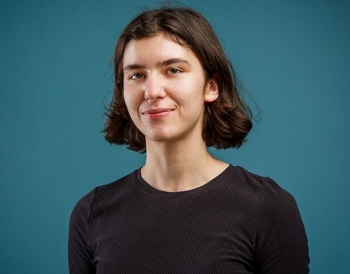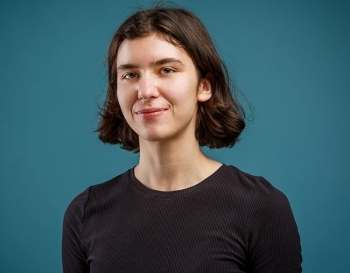Many researchers, especially those working in creative fields, have looked for ways to blend their research practices more effectively with their artistic endeavours. The increasingly popular model employed by many is research-creation.
The Social Sciences and Humanities Research Council (SSHRC) defines research-creation as “an approach to research that combines creative and academic research practices and supports the development of knowledge and innovation through artistic expression, scholarly investigation, and experimentation.”
In a 2012 article on the topic, Owen Chapman and Kim Sawchuk, remark that research-creation is best for topics that “cannot be addressed without engaging in some form of creative practice, such as the production of a video, performance, film, sound work, blog, or multimedia text... In research-creation approaches, the theoretical, technical, and creative aspects of a research project are pursued in tandem, and quite often, scholarly form and decorum are broached and breeched in the name of experimentation.”
Researchers at the CSLP such as Chapman, as well as Vivek Venkatesh, Martin Lalonde, and others, are working in this emerging methodology, as are a growing number of their students.


 Research-creation projects can take the form of visual art installations (e.g., painting, sculpture, textiles), creative writing, film/video productions and other media arts, performing arts (e.g., dance, theatre, music), interdisciplinary arts and other new media practices.
Research-creation projects can take the form of visual art installations (e.g., painting, sculpture, textiles), creative writing, film/video productions and other media arts, performing arts (e.g., dance, theatre, music), interdisciplinary arts and other new media practices.
 Sarah Lake, Digital Preservation Librarian at Concordia
Sarah Lake, Digital Preservation Librarian at Concordia
 Les projets de recherche-création peuvent prendre la forme d'installations d'art visuel (peinture, sculpture, textiles, etc.), de création littéraire, de productions cinématographiques et vidéo et d'autres arts médiatiques, d'arts du spectacle (danse, théâtre, musique, etc.), d'arts interdisciplinaires et d'autres pratiques liées aux nouveaux médias.
Les projets de recherche-création peuvent prendre la forme d'installations d'art visuel (peinture, sculpture, textiles, etc.), de création littéraire, de productions cinématographiques et vidéo et d'autres arts médiatiques, d'arts du spectacle (danse, théâtre, musique, etc.), d'arts interdisciplinaires et d'autres pratiques liées aux nouveaux médias.
 Sarah Lake, bibliothécaire chargée de la préservation numérique
Sarah Lake, bibliothécaire chargée de la préservation numérique